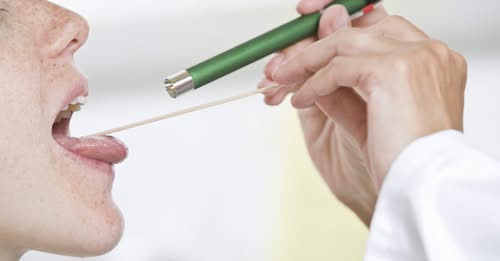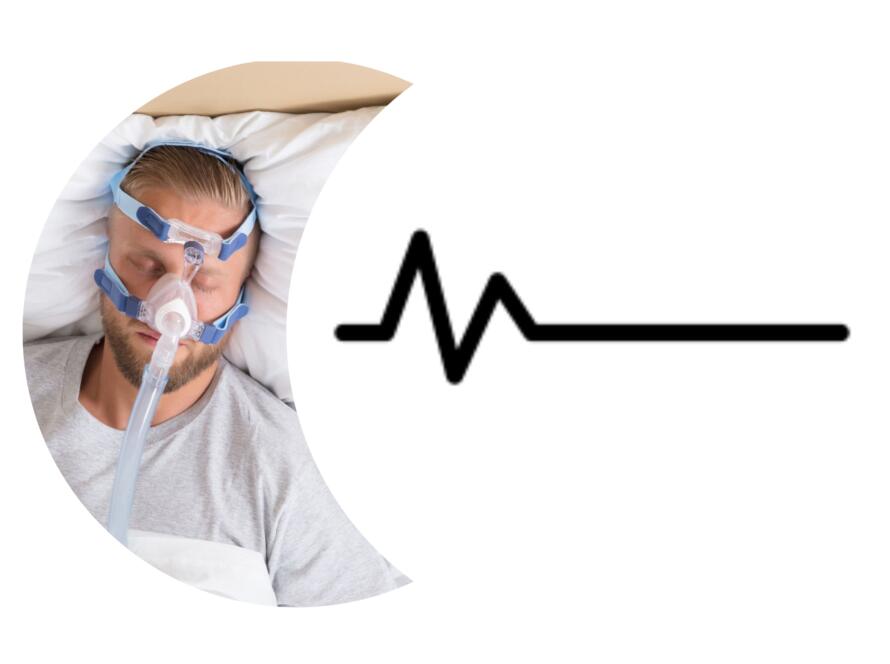Obstructive sleep apnea (OSA) is prevalent in children, but many remain untreated. Up to half of children with OSA have positional OSA, a phenotype characterized by a predominance of airway obstruction in the supine position. Positional devices that prevent supine sleeping may be beneficial for positional OSA. This study evaluates the efficacy of positional devices for the treatment of positional OSA in children.
Skip to content
Skip to footer

Effectiveness of positional devices for the treatment of positional OSA in children




